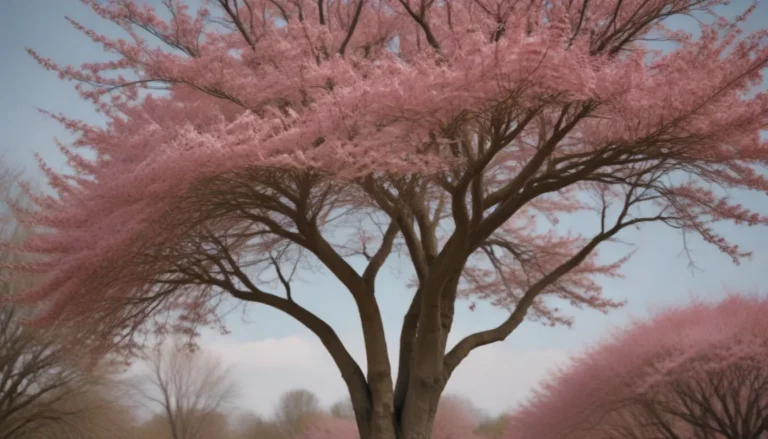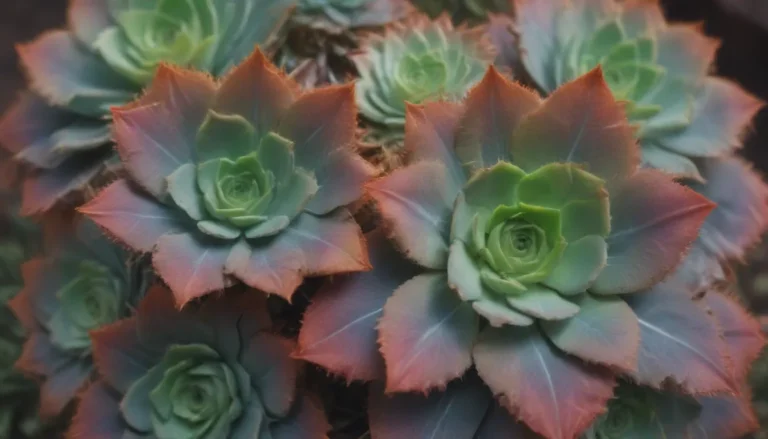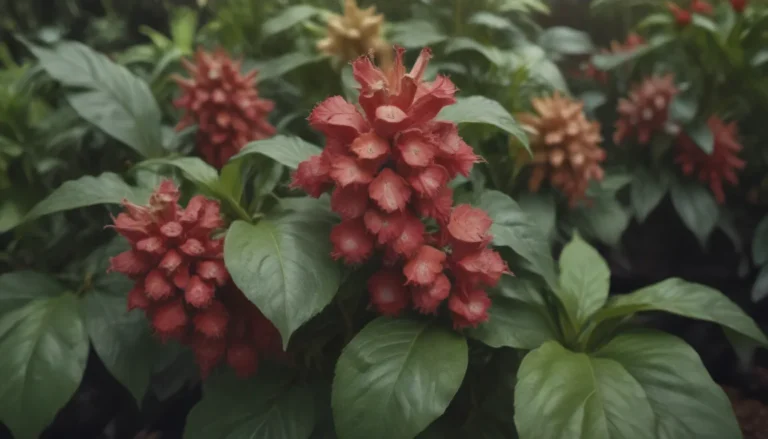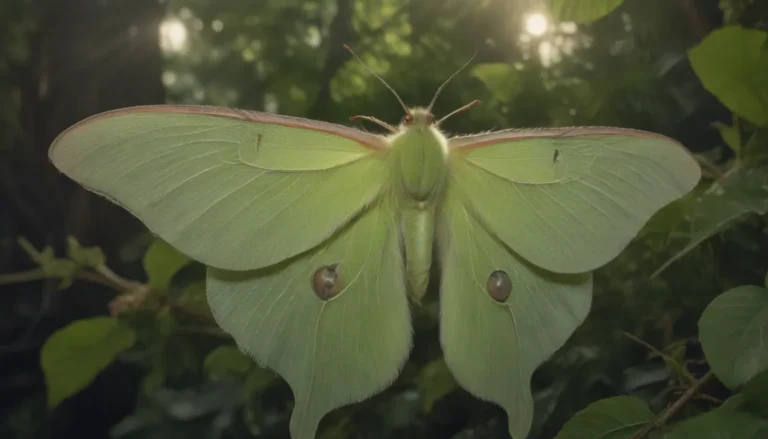Everything You Need to Know About Growing and Caring for Ivory Silk Lilac Trees

Are you looking to add a touch of elegance to your garden with the beautiful Ivory Silk Lilac tree? Look no further! In this comprehensive guide, we will walk you through everything you need to know about growing and caring for this stunning tree. From the best planting location to common problems and how to get your tree to bloom, we’ve got you covered.
The Beauty of Ivory Silk Lilac Trees
The Ivory Silk Lilac tree, a lovely cultivar of the Japanese lilac tree, offers a unique and elegant touch to any landscape. With panicles of creamy white flowers that bloom abundantly, this tree is sure to make a statement in your garden. Unlike its fragrant counterparts, the Ivory Silk Lilac boasts very little fragrance, making it an excellent choice for those who prefer a more subtle scent.
Ivory Silk Lilac Care Tips
Light
For your Ivory Silk Lilac tree to thrive and produce an abundance of blooms, it needs to be planted in a location that receives full sun. Partial sun or shade can result in fewer flowers, so be sure to choose a spot that gets plenty of sunlight. With the right amount of sun exposure, your tree will reward you with stunning white clusters of blooms that will brighten up your garden.
Soil
One of the great things about the Ivory Silk Lilac tree is its ability to grow in various soil conditions. While it prefers well-draining, neutral to slightly alkaline soil rich in organics, it can also tolerate less than ideal soil conditions. Whether you’re planting it in rocky soil or along a driveway, this tree is adaptable and resilient.
Water
Despite its ornamental appearance, the Ivory Silk Lilac tree is surprisingly drought-tolerant. While it may need supplemental watering during extremely dry weather, it can generally thrive on its own. For the first two years after planting, be sure to provide regular watering to help establish a strong root system. Applying a layer of mulch around the base of the tree can help conserve moisture and reduce the need for frequent watering.
Temperature and Humidity
The Ivory Silk Lilac tree thrives in cooler climates and is best suited for USDA hardiness zones 3 through 7. Be mindful of temperature extremes, as this tree is not very tolerant of harsh conditions. Providing adequate care and protection during extreme weather can help keep your tree healthy and thriving.
Fertilizer
To keep your Ivory Silk Lilac tree looking its best, it’s recommended to apply a yearly feeding of a slow-release fertilizer formulated for flowering trees. By fertilizing lightly in the spring with an extended-release formulation, you can promote healthy growth and abundant blooms. Regular fertilization will help keep your tree happy and thriving for years to come.
Types of Ivory Silk Lilac Trees
‘Ivory Silk’ is just one of many unique cultivars of Syringa reticulata. Other cultivars, such as ‘Chantilly Lace,’ ‘Summer Snow,’ and ‘Summer Storm,’ offer varying traits and characteristics that can add diversity to your garden. Each cultivar brings its own unique charm and beauty to your landscape.
Pruning Tips for Ivory Silk Lilac Trees
After a few years of growth, you may notice that your Ivory Silk Lilac tree is producing fewer blooms. This is a natural occurrence, and regular maintenance pruning can help stimulate new growth and encourage more flowers. If your tree is small enough to prune safely from the ground, trim away one-third of the largest stems annually while the tree is dormant. This simple step can rejuvenate your tree and promote a healthy, flourishing canopy.
Common Pests and Plant Diseases to Watch For
Fortunately, the Ivory Silk Lilac tree is relatively resistant to pests and diseases when provided with proper care. While borers may pose a nuisance, regular watering and fertilizing can help prevent infestations. If borers do attack, simply remove the affected branches and dispose of them responsibly to protect your tree’s health. Watch out for diseases such as bacterial blight and verticillium wilt, which can affect white-flowered cultivars. By following a regular maintenance routine and monitoring your tree’s health, you can keep these issues at bay.
How to Encourage Your Ivory Silk Lilac Tree to Bloom
While the Ivory Silk Lilac tree may not have the strong fragrance typically associated with lilacs, it still offers stunning blooms that can brighten up any garden. By providing your tree with the right care, including proper sunlight, soil, water, and fertilizer, you can encourage it to bloom abundantly year after year. With a little bit of TLC, your Ivory Silk Lilac tree will reward you with a beautiful display of white flowers that will enhance the beauty of your outdoor space.
Common Questions About Ivory Silk Lilac Trees
Does the Ivory Silk Lilac tree smell like traditional lilacs?
No, the Ivory Silk Lilac tree has very little fragrance and is often compared to the scent of privet.
How fast does the Ivory Silk Lilac tree grow?
The Ivory Silk Lilac tree has a moderate growth rate, typically growing about 12 to 18 inches per year. With proper care and maintenance, you can control its growth and shape to suit your landscape.
How long does an Ivory Silk Lilac tree live on average?
With good care and maintenance, an Ivory Silk Lilac tree can live for about 40 years, providing years of beauty and enjoyment in your garden.
In conclusion, the Ivory Silk Lilac tree is a stunning and low-maintenance addition to any garden or landscape. By following these care tips and guidelines, you can ensure that your tree thrives and blooms abundantly year after year. With its elegant white flowers and graceful appearance, the Ivory Silk Lilac tree is sure to be a beautiful focal point in your outdoor space. Happy gardening!





